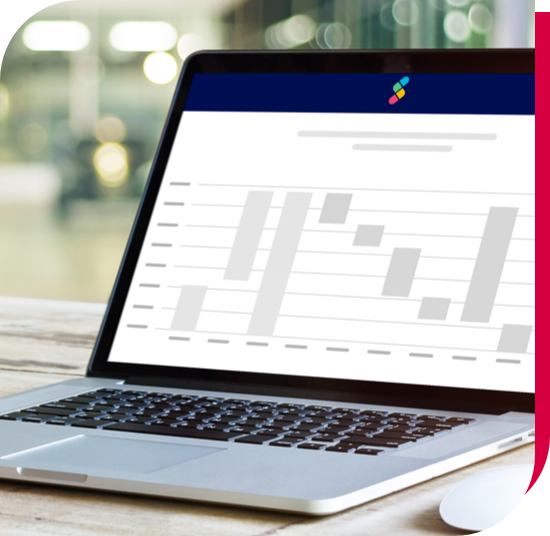Carve-out projects are complex projects that involve a large number of stakeholders. The main carve out activities are (1) conducting a thorough baselining identify all assets which will remain and which needs be transferred (2) the orchestration of the team and managing the carve-out activities and milestones, including (3) data analysis, reporting and (4) preparing the transitional services agreements (TSAs)
(1) Baselining / asset inventors
Petra used Microsoft Excel as the tool of choice to collect and capture the Baseline data. Why? Because Excel is well established, everybody knows how to work with it, and it is available for everyone in the company. But using Excel files to collect, validate and consolidate data from an organization that holds over 3,500 employees, requires a lot of manual work to collect, consolidate, update and process data from the whole organization. Consequently, Petra spent well over 50% of her time during the first two months with managing the Baselining process. Precious time, that she could have spent with more valuable tasks.
(2) Orchestration of the team / project management
Petra needs to spend a lot of time instructing and managing her team and the stakeholders that are involved. Most of the project team members involved do not have prior M&A experience. Still, they are needed in order to complete the Carve-out successfully. Therefore, close attention and care is needed. Additional challenge: Those project team members need to ensure the business continuity at the same time, while supporting the Carve-Out. Petra is jumping from conversation to conversation. She is using a mix of e-mails, text memos, pre-configured status templates and individual telephone calls. She needs to explain roles and responsibilities again and again and needs to check manually if tasks have been taken care of or not. Here a phone call, there a meeting, individual solutions for every problem and more and more communication channels and formats. Overall, Petra spends around 30% of her capacity with orchestrating her team and follow-ups. Number is trending upwards.
(3) Data consolidation, data analytics and reporting
Every week Petra needs to report to her boss. She needs to report on the progress of all eighteen workstreams and she needs to highlight all risks, mitigation measures and next planned steps. She requests the information by sending out Microsoft Excel-based spreadsheets. But since different project team members need to report in different dimensions and on different content, different sheets and different versions co-exist and create chaos. Validating, consolidating and crunching all data takes days. In order to create a report, Petra uses a separate reporting tool and needs to upload data, sheet by sheet, manually. At least 20% of her time is spent with data consolidation, data crunching and creating reports.
(4) Prepare and closed TSAs
In order to ensure business continuity after the carve-out the new organization will consume services like HR and procurement for several month from their parent company until own competence will be build up. The scoping, negotiation and contracting of these agreements is a very time-consuming work. Petra can delegate this work partially to hear expert team, but during closing of the agreements her involvement is required very often (10% of her time).









